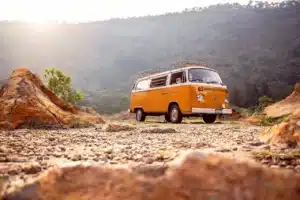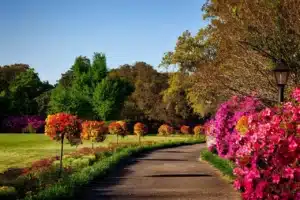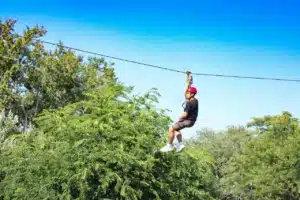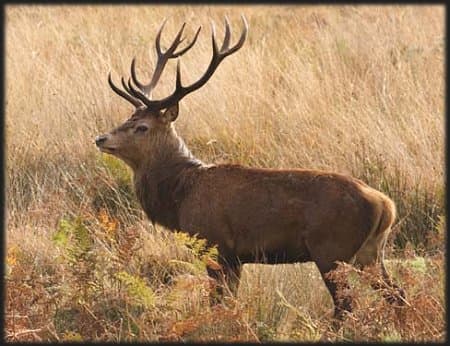Roe deer fact file
The
Roe deer fact file
Identification tips – easily identified by its small size and uniform coat colour – a strong gingery-red in summer and a much darker grey-brown in winter. Bucks and does have very distinguishing white markings on the faces, just above the top lip on either side. The chin is the same colour.
A roe buck’s antlers are very short, rarely exceeding 30cm in length and typically with 3 branches per side.
A further aid to identifying roe deer is the very short tail, barely visible from a distance, and the almost white hair around the tail base.
Preferred habitat – primarily woodland but this very adaptable species is as equally happy on open heathland. It will readily wander onto farmland to graze arable crops or nibble at hedgerows.
Diet – a wide variety of vegetation depending on availability. Roe deer are very adaptable and this is reflected in their eating habits; ground-hugging plants such as heather and grass, fresh shoots of holly, ivy, bramble bushes and low hanging branches of deciduous trees will all be eaten. Fruits, berries and arable farm crops can also all be part of the regular diet.
Breeding – the mating season, or Rut, happens a couple of months earlier than the Ruts of fallow and red deer, in late July and August. The doe will give birth to a kid between the months of May and June the following year. This may seem a long period of time but, like badgers, roe deer experience delayed implantation where the embryo doesn’t attached itself to the womb lining for up to a few months after fertilization.
It’s quite common for roe does to produce twins or even triplets, born in pockets of dense vegetation such as bracken.
Other points – although widespread throughout all areas of the New Forest, they are easily missed because of their small size.
Roe deer are very alert animals and will move quickly if disturbed by passers-by, disappearing into areas of thicker vegetation.
Neighbouring farmland and open fields around the New Forest National Park are other likely areas to spot roe deer that have wandered onto the land in search of new grazing opportunities.
Related Sites

How To Make Traveling Less Stressful
How to Make Travelling Less Stressful Travel should refresh and inspire you—not leave you feeling frazzled and drained. Unfortunately, missed connections, overloaded itineraries, and overstuffed suitcases can turn even the most exciting holiday into a

Prep Your Car for Long Nature Drives
The engine hums quietly as dawn light filters through towering pines, and you’re miles from the nearest gas station with nothing but winding mountain roads ahead. Your car isn’t just transportation on these journeys—it’s your

Rugged Looks Built for Park Terrain
Whether you’re driving winding forest roads or parked at a trailhead surrounded by mossy oaks and chirping robins, your truck says a lot about your adventure style. For many outdoor enthusiasts, function comes first—but that

Planning Safe Camps
Setting up camp in remote locations is the kind of adventure many dream about—off the grid, fresh air, starry skies. But anyone who’s tried it knows there’s a fine line between a fun escape and

How to Find the Most Beautiful Secret Hotels
If you’re craving a luxurious, quiet retreat away from the hustle and bustle, a secret hotel might be the getaway you need. You can check into a hidden spot in an atmospheric city, a gorgeous

The Most Thrilling Shore Excursions
Do you want to know about the most thrilling shore excursions? If you’re after an action-packed escape on the British coast, New Forest National Park really does deliver some of the wildest shore excursions for

